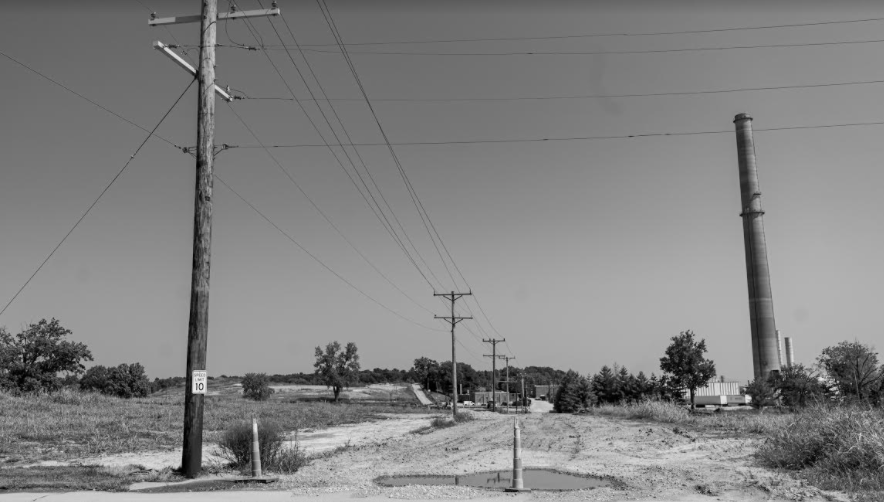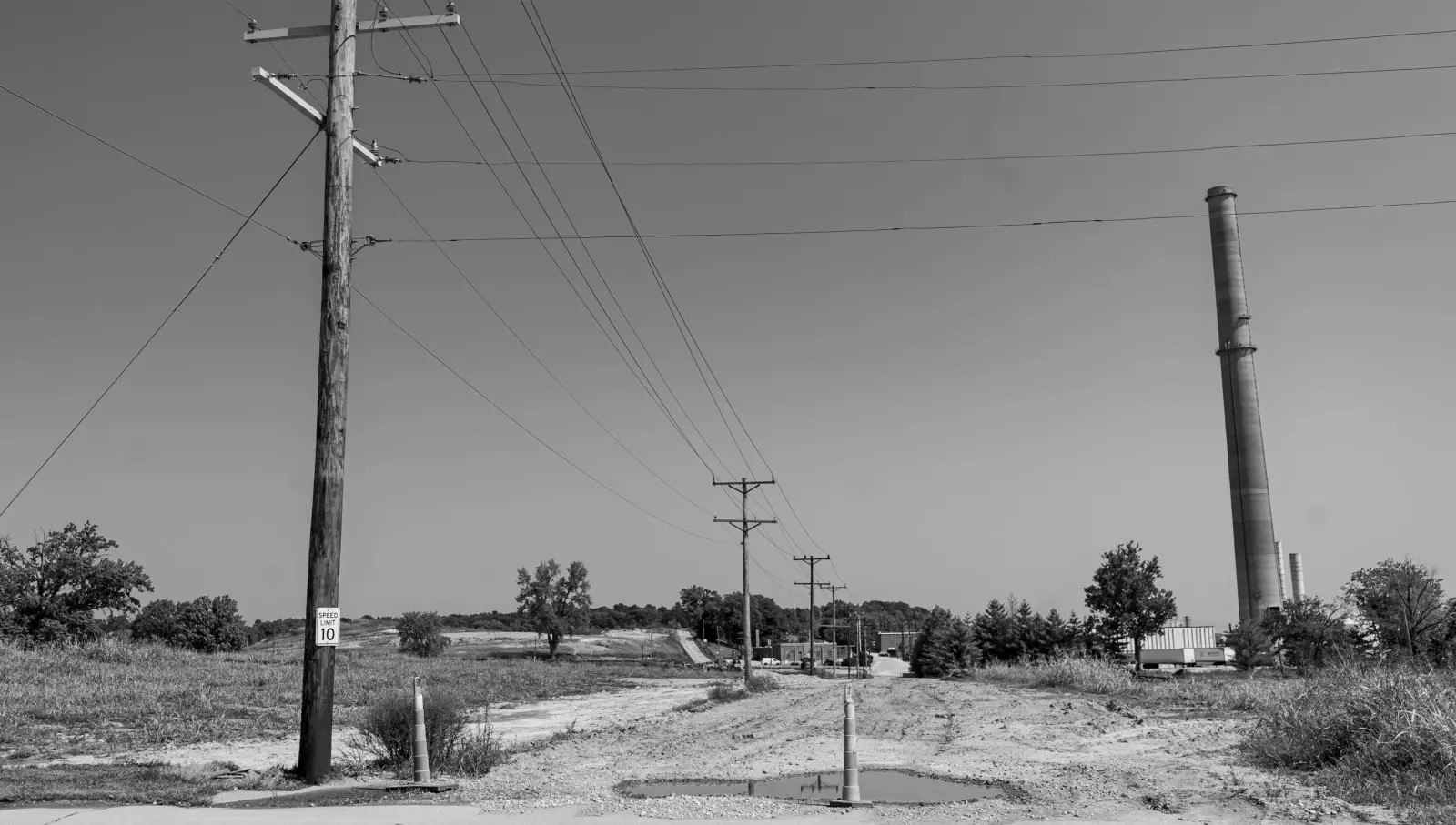
Patty Welch, 61, sometimes drives through her childhood neighborhood with tears in her eyes as she looks at empty plots where homes used to be.
On the horizon, a smokestack from the town’s former lead smelter is a reminder of the town’s history — more than 100 years of lead dust contamination and a major buyout of homes and businesses in Herculaneum, Missouri.
Less than 100 miles south and across the Mississippi River in the college town of Carbondale, Illinois, Marylin Tipton tends to her small batch of chickens on the same land where her grandfather used to raise hogs and farm sweet potatoes. Then, he smelled the stench of burning coal tar creosote from the neighboring railroad tie and wood treatment plant, which is now being cleaned up under the federal government’s guidance.
Both women live in communities next to industrial sites that have hazardous contamination and are set to be redeveloped for other purposes. These sites are considered “brownfields” by the United States Environmental Protection Agency. The agency estimates there are more than 450,000 brownfield sites in the United States.
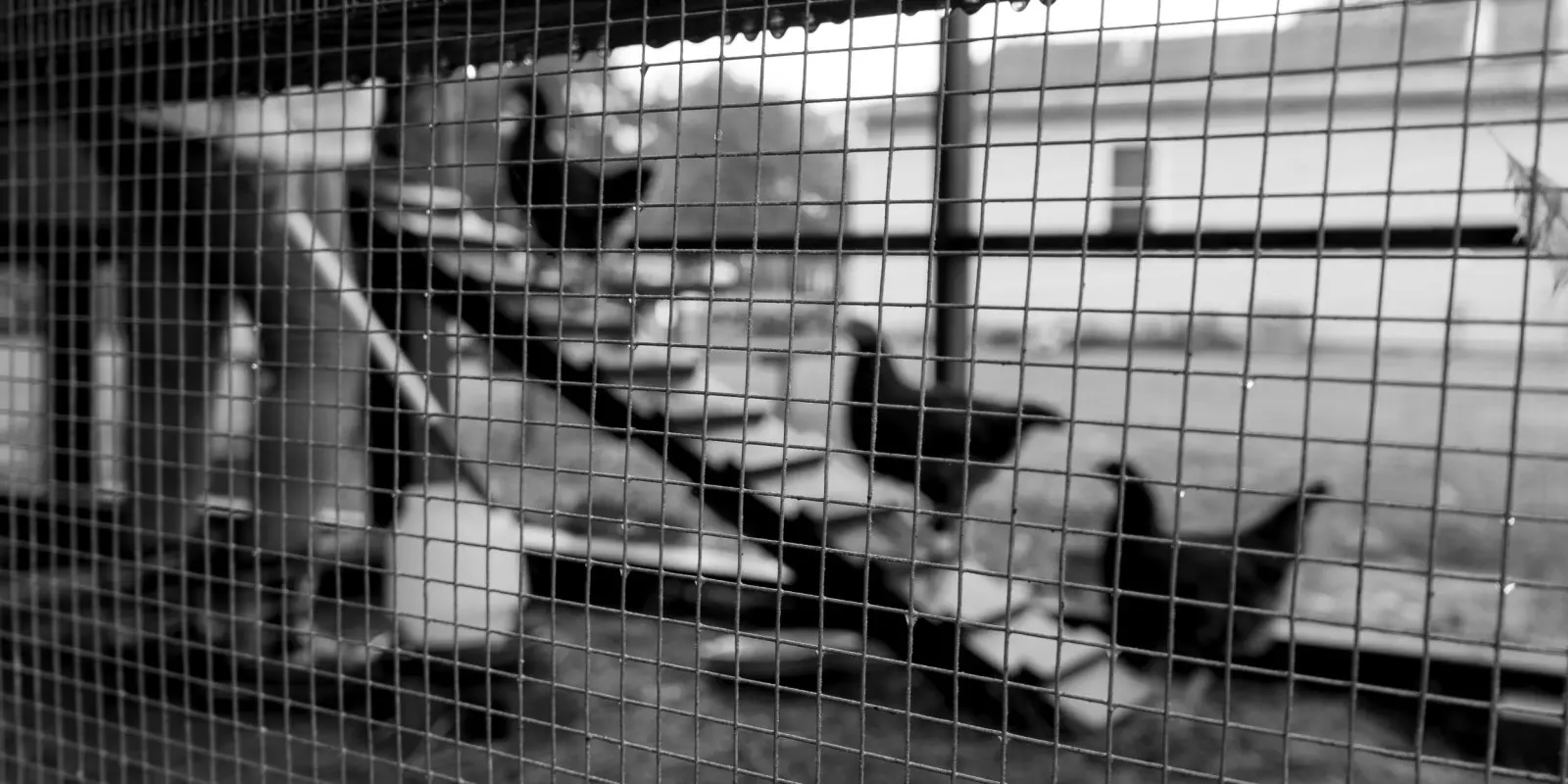
Herculaneum and Carbondale were once homes to some of the world’s largest producers of materials used in the nation’s transportation infrastructure and technology – lead and railroad ties. Now they’re being cleaned up of century-old contamination under the guidance of the EPA.
Unlike Herculaneum, which transitioned from a company town to a river port town, Carbondale struggles to be the inclusive community it publicly touts. There, residents in predominantly Black areas say their calls to clean up their neighborhoods adequately are largely ignored.
Rising From The Ashes
In 1890, the St. Joe Lead Company bought the town of Herculaneum, a river community about 30 miles south of St. Louis. In 1892, it built a lead smelter.
As the smelter grew, so did the town.
“For years and years, Herculaneum didn’t have any taxes because the company did everything. They put in the streets, the water, and they didn’t have a need for taxes. They paid for everything,” said Herculaneum resident Nadine Garland, a local historian.
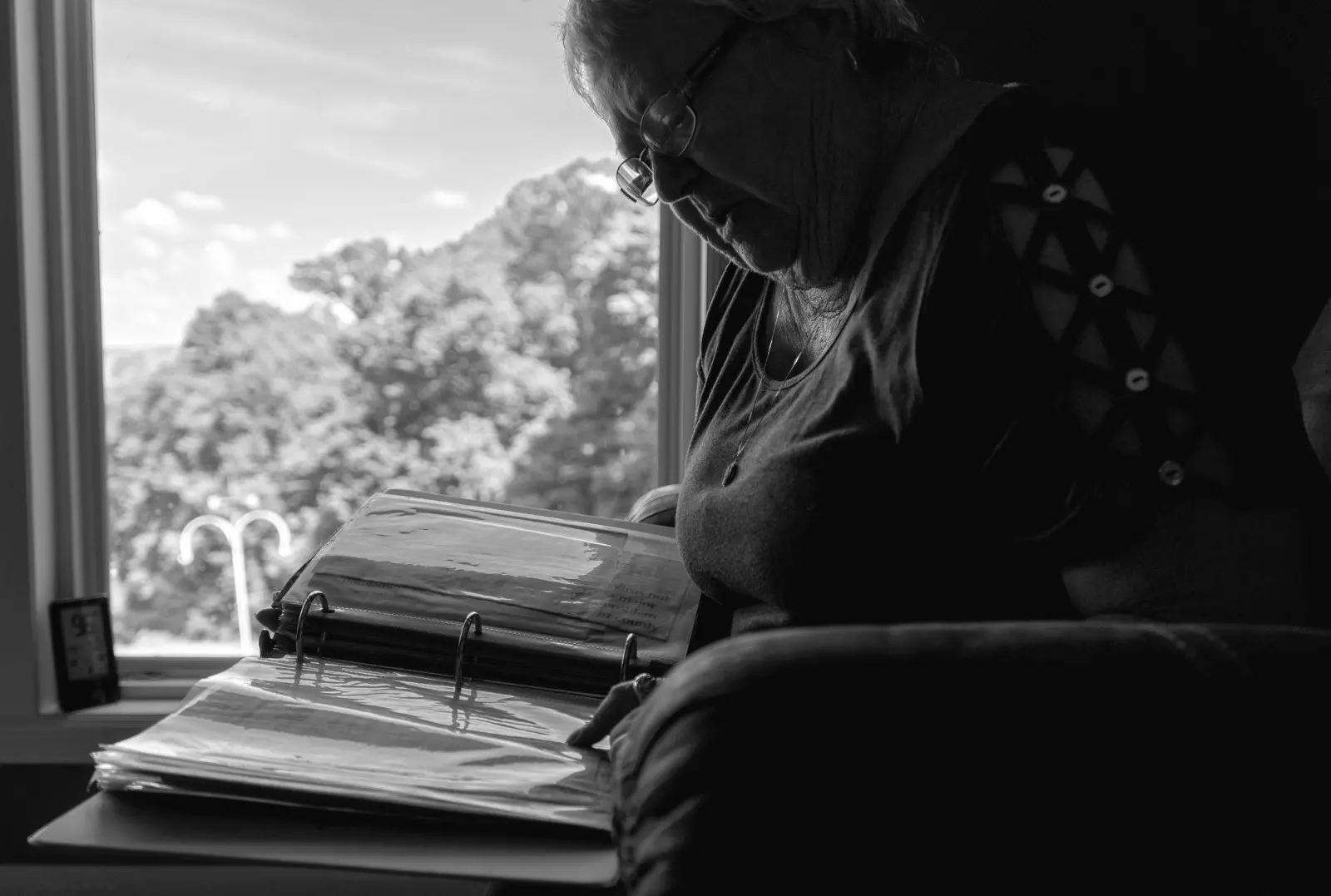
Over the century, lead was central to residents’ lives and some said they never feared the dangerous health effects from the mineral. Although working at the lead smelter was dirty work and cost people their health, it was also a way to put food on the table, Herculaneum Mayor Bill Haggard said.
Doe Run Company bought St. Joe Lead in 1981.
Then, in 2001, state health department tests showed 15% of children living near the smelter had elevated levels of lead in their blood.
According to the National Institute of Environmental Health Sciences, lead can have harmful effects on children’s behavioral development, delays in puberty and cognitive performance. In adults, lead can cause nerve and kidney disorders, affect the cardiovascular system and cause low fertility levels.
A string of events followed over the next decade that brought the attention of the Sierra Club, the EPA, and the Department of Natural Resources to the lead contamination, eventually resulting in the closing of the lead smelter in 2013 and a buyout of contaminated residential houses and businesses, Haggard said.
When the smelter closed and houses and churches were demolished, residents grieved but didn’t lose hope in the future because they trusted that their local government was working for them.
Herculaneum evolved to another variation of a small, idyllic town on the river.
The once expansive plant site is now in the remediation process and is redeveloped as a port. Residents credit its evolution to the tireless work of their mayor, who they call “Mr. Herculaneum,” to keep community bonds strong.

If that trust was nonexistent or broken after years of inaction, what would have become of Herculaneum? What if the town didn’t receive massive investment from the company that predicated many residents’ connection to the town? Would Herculaneum be able to overcome the major wave of change it experienced in the past 20 years?
Another Side
Despite living with air pollution and a revolting stench blowing from the nearby industry, Magdalene Tisdale-Davis, 83, thought she had a good life living on the northeast side of Carbondale, a historically Black community through de facto segregation.
“What is so disheartening is that we thought all our life that we had grown up with the best of the environment because we had fresh farm food, black walnuts, wild blackberries and strawberries, sweet potatoes. We had cows and our own milk. That was our life. We thought it was a happy life,” Tisdale-Davis said.
One childhood memory she recounted was watching men walk out from the railroad tie and wood treatment plant after their shifts covered with creosote residue that burned their skin. The workforce was primarily Black up until the 1970s because the Koppers wood treatment facility was one of the few places in the town owned and managed by white people who would hire Black workers.

Tisdale-Davis and others living on the northeast side said only when the EPA took notice of the environmental damage of creosote contamination from chemical spills at the plant, did they realize that they had been poisoned by a chemical cocktail getting into the water, air and soil.
Coal-tar creosote, a mixture of chemicals used as a wood treatment to prevent decay, includes chemicals that are known to burn or irritate the skin, chemically burn the eyes, cause convulsions and mental confusion, and lead to kidney and liver disorders after a brief exposure, according to the Agency of Toxic Substances and Disease Registry. Long and frequent exposure can lead to irritation of the respiratory tract and cancer.
In the early 2000s, community members began to notice clusters of cancer in their families, said Melissa McCutchen, a school social worker and part-time clinical therapist who was raised in the northeast side of Carbondale.
By that time, Tisdale-Davis’ parents had lost six of their 11 children to cancer. Tisdale-Davis is a cancer survivor herself and credits her recovery to her son, who is a doctor.
“I’m the only survivor. I’m really surprised I’ve lived this long because of the health problems I had and still have,” she said.
Tisdale-Davis and her younger sister Eva, who has since died, both received certification from their doctors that the cancers they developed were caused by environmental factors. Tisdale-Davis left Carbondale as a university student to study in Los Angeles and now lives in Atlanta.
Former Koppers employees, their families and nearby property owners say they were never explicitly informed about the harmful impact of creosote on the human body or the multiple chemical spills that happened at the plant, which was closed in 1991 after new federal environmental regulations were implemented.
Community members began making connections to the history of the plant and the nearby residential area. They feared a continuation of environmental racism, which scholars say can manifest in policy, practice or directives that expose people of color to environmental hazards.
Once the EPA started cleaning up the site and nearby creeks, northeast side residents started to question the current safety of their soil.
Carbondale’s Marylin Tipton remembers her paternal grandmother burying the work clothes her husband wore at the plant to absorb the creosote residue, she said. As a kid, Tipton used to play at the plant site and hop onto the slow-moving trains coming in and out.
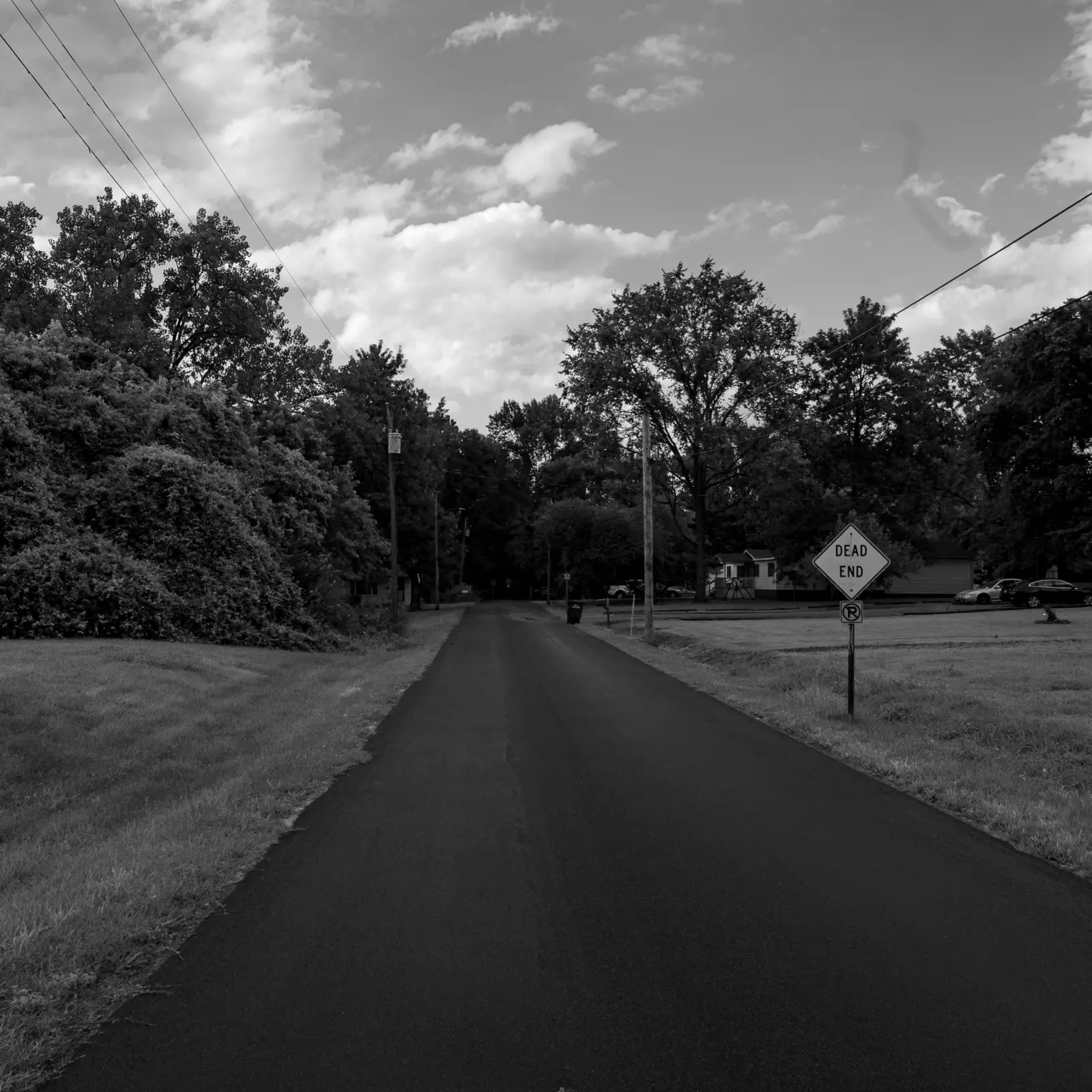
“We would walk over, sit on the cross ties. It was kind of like a playground,” Tipton said. “At that point, we didn’t know it was dangerous.”
Four members in Tipton’s family have suffered from cancer caused by creosote and dioxins in the air from burning creosote, she said.
To this day, people living on the northeast side of Carbondale, like residents in Herculaneum, are plagued by environmental contamination. Since they’re still not certain the soil is safe and won’t know until it is tested, they struggle to find peace of mind or interested buyers when they try to sell their land.
Tipton suspects the lack of extensive soil testing is intentional. If contamination was found, the implications would conclude that the EPA and Koppers did not properly investigate the extent of soil contamination.
“Who lives in these communities? It’s poor Black; poor white; poor Hispanic – poor, poor, poor. They know we have no money to sue them. They know we have no money to do the testing,” Tipton said
Calls For Continued Clean Up
Calls for additional testing south of the plant’s boundary fence has gone unanswered from the EPA and the city government, because the EPA and an independent testing company, hired by the city of Carbondale, already produced soil test results that say the residential area is not contaminated, as stated by EPA officials in public meetings since 2013 and in public documents.
However, residents like Rodney Morris are suspicious of the EPA’s scientific practices. He cites concerns to the Flint Water Crisis when the EPA and local city government officials mislead the public by claiming the water was safe to drink when it was not. Carbondale and Flint, Michigan, are both under the jurisdiction of EPA Region 5.
He’s lived in Carbondale since 1988 and moved into his current house, across the street from the former plant property, about 12 years ago. There, he struggles to grow grass on his lawn — he cultivates his garden in five-gallon buckets.
Starting in 2005, community activism gained attention when individuals such as Tisdale-Davis made their case to the EPA and local government in public meetings.
Northeast residents continue to fight for justice on behalf of those poisoned by Koppers’ plant. But, the city of Carbondale, has different plans.
The city tried twice between 2013 and 2018 to redevelop the former plant property into a solar farm, which comes with the prospect of millions of dollars in revenue.
However, community members from the northeast side derailed the city’s plans citing lack of data proving the land’s safety.
Residents pressured Carbondale’s city council to deny a special permit to the solar company Brightfields Development. According to the city of Carbondale, residents had nothing to fear concluding from soil samples from the residential area that the nearby properties weren’t affected.
After months of negotiation, the Carbondale City Council voted to deny a special permit to build a solar farm after concerned constituents threatened to vote members off in the upcoming election.
Although the community won that battle, social worker Melissa McCutchen said she expects the city to continue pushing to redevelop the land into something that brings the city revenue.

When Brian Klubek — a retired soil science professor at Southern Illinois University Carbondale — heard about the residents’ skepticism surrounding the EPA’s scientific practices and information, he volunteered to look at the public data.
In an interview in July 2020, Klubek said the science is valid, but not complete.
In order for Klubek and residents to be comfortable with remediation practices and future plans, they want a complete study of the area’s soil profile. That’s because liquid creosote could be in bands 2 to 12 inches wide in the soil several feet deep. Instead of testing the first 6 inches of the soil, Klubek and concerned residents want the sampling to go as deep as it needs to ease people’s concern.
In 2019, a public EPA meeting took place to discuss additional remediation after the agency found more contamination on the plant site in 2018. Affected residents and community activists asked tough questions about the previous health risks of the plant while it was in operation and the fact that future soil testing was avoided or denied by officials.
When citizens pushed the EPA in the public meeting to conduct a health study, the agency responded that public health is not its responsibility. In an earlier response from 2016 to a concerned citizen, the EPA said the Agency for Toxic Substances and Disease Registry met with the community in 2005 and stated the cancer rate data didn’t identify trends in the community that were different from the state’s total cancer rates. The EPA also cited a lack of environmental data to evaluate past exposure.
In the 2019 public meeting, EPA officials said the agency’s role is to clean the land to an acceptable standard for it to be redeveloped for future purposes. The land will be contaminated to some degree forever because the creosote has seeped deep into the soil and groundwater considering the history of multiple chemical spills over the course of 90 years, officials said.
Since that tumultuous meeting, the additional cleanup outlined in 2019 is approximately 75% complete, according to a recent EPA Press Release. Despite additional contamination being found on-site, the EPA does not think additional soil testing in the neighborhoods adjacent to the brownfield is necessary.
In a 2013 EPA Fact Sheet, the agency reported that over 23,400 gallons of creosote had been excavated from the site.
However, it’s deep enough to not be a safety risk, according to the EPA.
“A reclamation to this day still has not happened, and that’s really the main thing that people wanted,” McCutchen said, referring to a process that would include a complete and total clean up of the land. “It’s a delicate situation because if anyone involved had a family member who worked at the plant and died from strange cancer, they wouldn’t even begin to shift their mind in the direction of doing anything that could possibly disturb that land.”
Instead, it’s a big business that is removed from the community who is making the decisions, she said.
Residents said trust in the city of Carbondale or the EPA can be gained when their soil is tested and a public health assessment on the long-term impacts of exposure to creosote is done. Until then, they see the government entities as siding with business interests instead of the wellness of people’s lives.
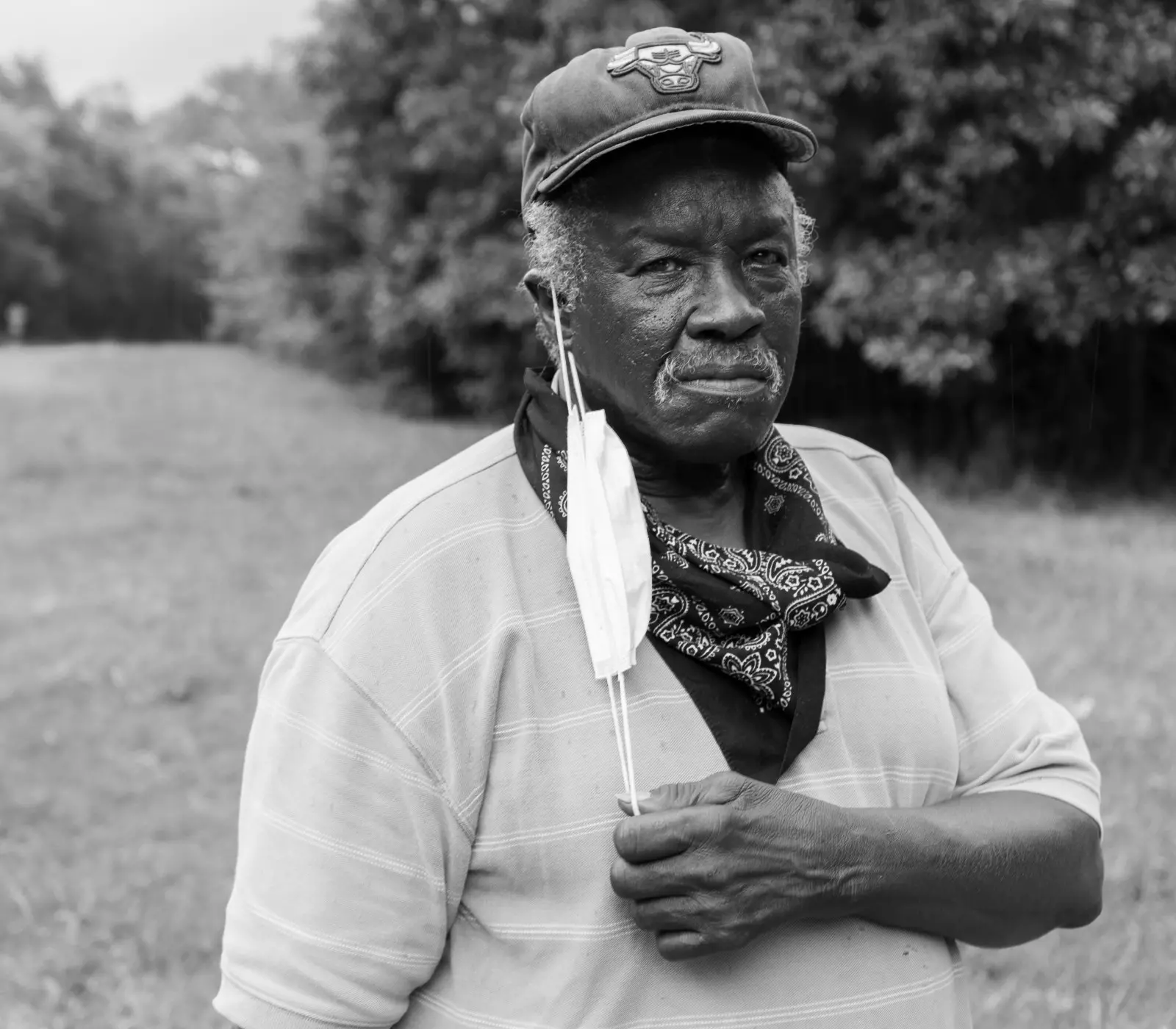
Meanwhile, community activists continue working to overcome the past.
“There needs to be a document to support that this land is a memorial and it’s been dedicated to all the countless numbers of lives that have been lost here and that we will honor this land,” McCutchen said.
McCutchen’s father, William, fought for justice on the northeast side until he died from an illness suspected to be caused by creosote exposure from his childhood. McCutchen said Tipton stood up in front of the funeral to take on the charge for the community’s fight for closure.
“She said, ‘We’re not going to give up. We’re going to fight for justice. We’re going to pick up the torch and run with it,’” McCutchen said. “Boy, has she done that.”
Tipton and McCutchen started documenting families affected by the creosote contamination from the plant over time. McCutchen said a low estimate would be about 30 families.
“We can’t dig up the bodies that were over the Koppers plant and made money on the backs of others. But those who are alive can say, we didn’t know that this existed but we are willing to do something to not allow it to continue to exist,” McCutchen said.
The city of Carbondale has stayed quiet and the city manager’s office did not respond to a request for comment.


